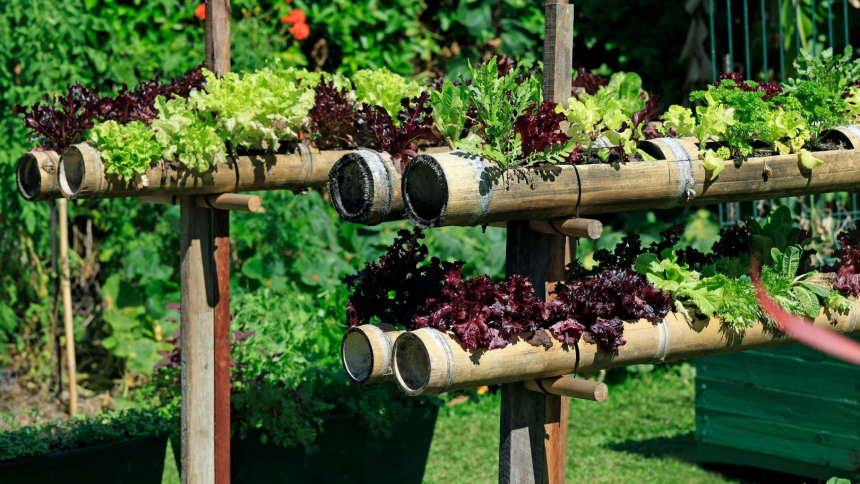
This doesn’t just mean snapping up specials, though it is a good way to save money if the price cuts are on items that you really need. It’s also about being smarter about the types of purchases we make and when.
Buy in season
We know we keep saying this, but it’s important for your health, the environment – and your bottom line – to buy seasonally. Fruit and vegetables are at their most nutritious and delicious when they are fresh, local and in season. You are paying a premium for produce that has been flown in from overseas and stored indefinitely. When produce is in peak season, it’s generally in abundance, which brings the price down.
Buy in bulk
If you have a decent freezer, make better use of it. Buy a side of beef or lamb from the butcher and ask them to cut it up into manageable portions. Label clearly and use over several months, even up to a year. It’s also often more cost effective to buy fruit and vegies in bulk, too. Snap up a tray of mangoes or peaches in peak season, for example, and freeze any excess to use in smoothies or shave over ice-cream.
Share the love
Short on freezer space or worried if you buy fresh ingredients in bulk they will go to waste? You won’t be the only person in your family or friend group keen to save a few dollars. Find out what they love to eat and ask if they would like to go halves or thirds in bulk purchases, whether buying slabs of meat or trays of fruit or vegetables. Take it in turns to buy in bulk and spread the love – and savings – around.
Make extra
Even if you don’t have the capacity to freeze large slabs of meat, cooking extra when cuts are on special can save you time and money. The same goes for fresh vegetables. Make twice the amount of your favourite curry, casserole or soup and freeze the other portion for another night. Or keep it in the fridge for the next day’s lunches – it will stop you spending money in the canteen at school or the café near work.
Think before you ditch
When vegies start to wilt and look less appealing, we’re quick to throw them in the bin. But there are so many ways to put them to good use – make a vegetable curry or soup, roast them to use in a hearty quiche, or add to rice or salad. The same applies to fruit that’s nearing the end of its life. Turn the bananas that are blackening around the edges into banana cake, the strawberries into smoothies or jam. A quick google before you throw anything out will give you some easy suggestions to use up the remnants.
Plan your shop
Take stock of what you have, not just what you need. Plan meals around what’s already in your pantry or fridge. A tin of cannellini beans can be the basis for a delicious wrap, smashed with fresh mint or parsley, spread on pita or La Tortilla and topped with sliced cucumber, tomato and red onion. Use the tub of yoghurt as the basis for healthy treats – blitz with fresh fruit, pop into icypole cases and freeze. Nothing should go to waste.
Start a garden
Green thumbs know the benefits – and satisfaction – of growing your own produce. It can be a bit daunting, particularly if you have not even had much luck with indoor plants, so don’t try to do everything all at once. Start with an ingredient you use a lot of and devote one small bed of your garden to planting and nurturing it. Or test the waters with a couple of plants that grow well in pots, such as chilli or rosemary. Choose plants for the right season, however, or you will spend a lot of time for very little reward.
Looking for more ideas? Cook from root to leaf and you’ll cut down on wastage in no time.